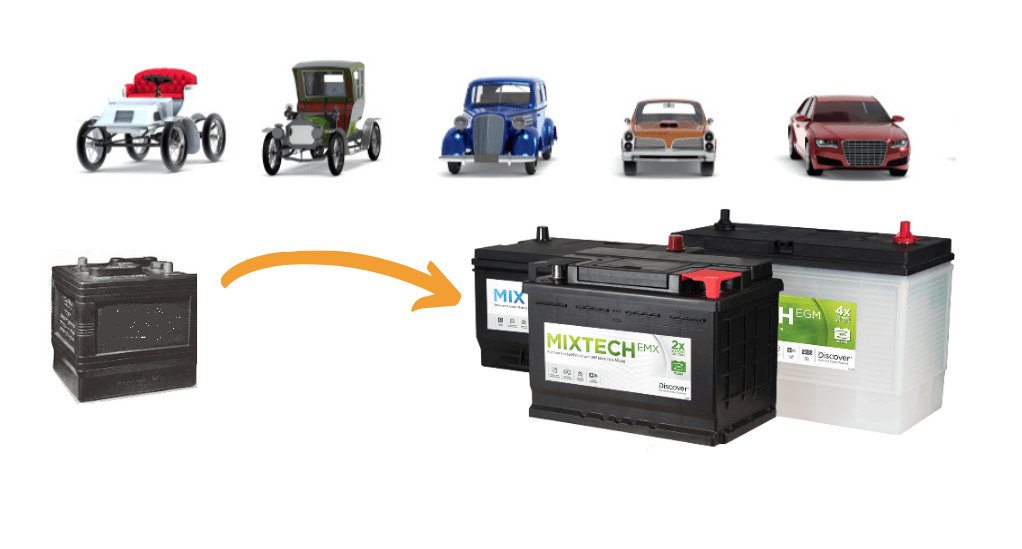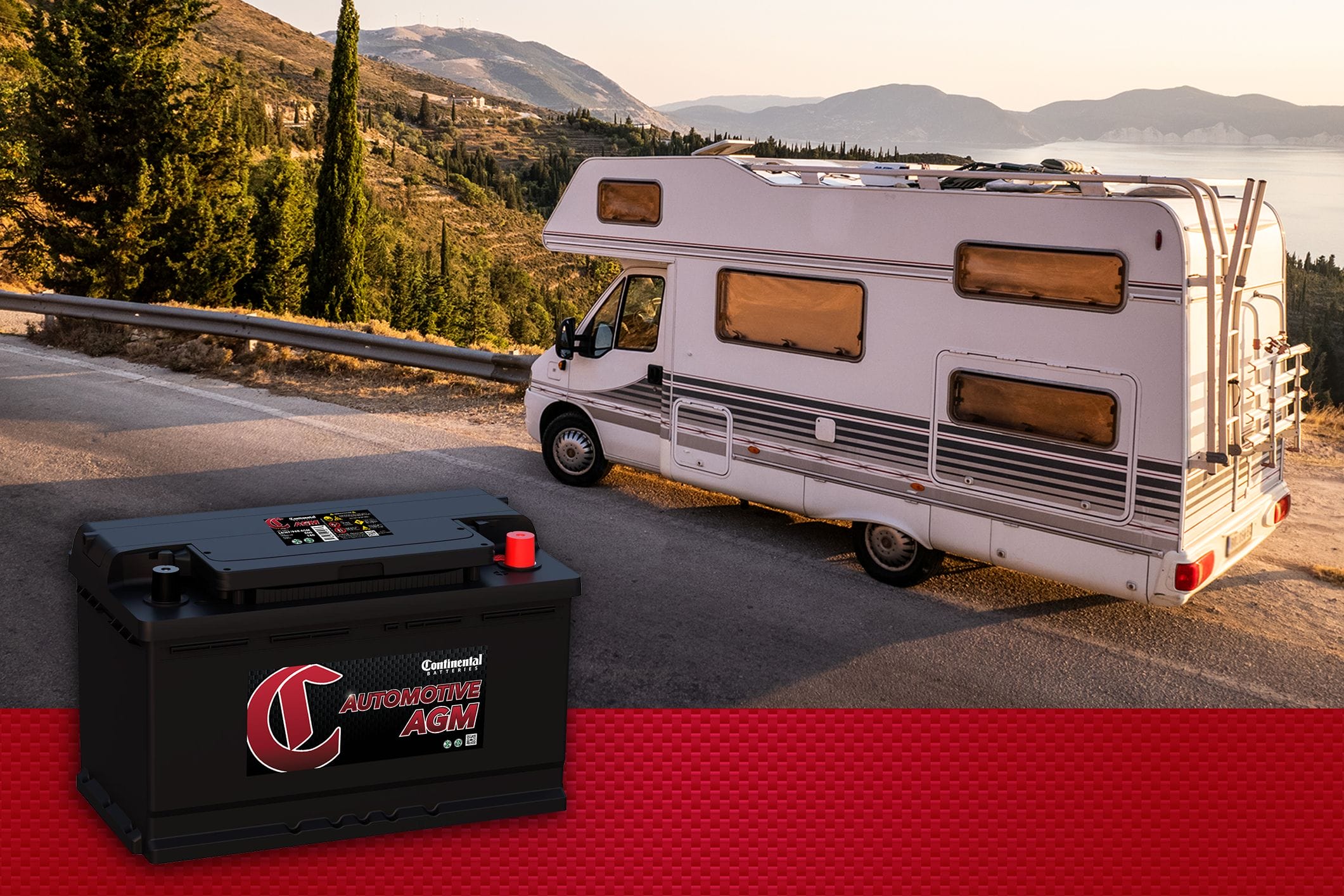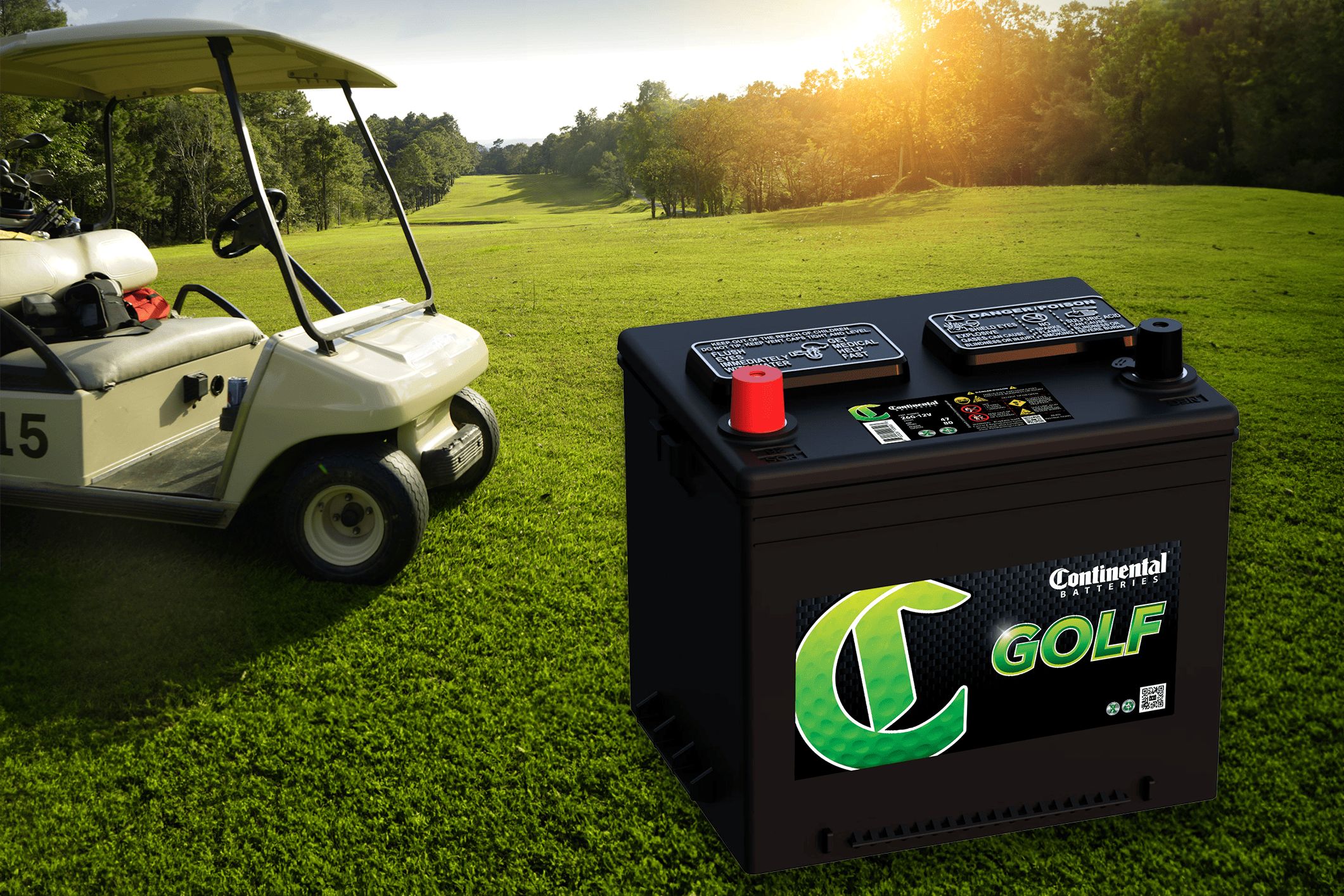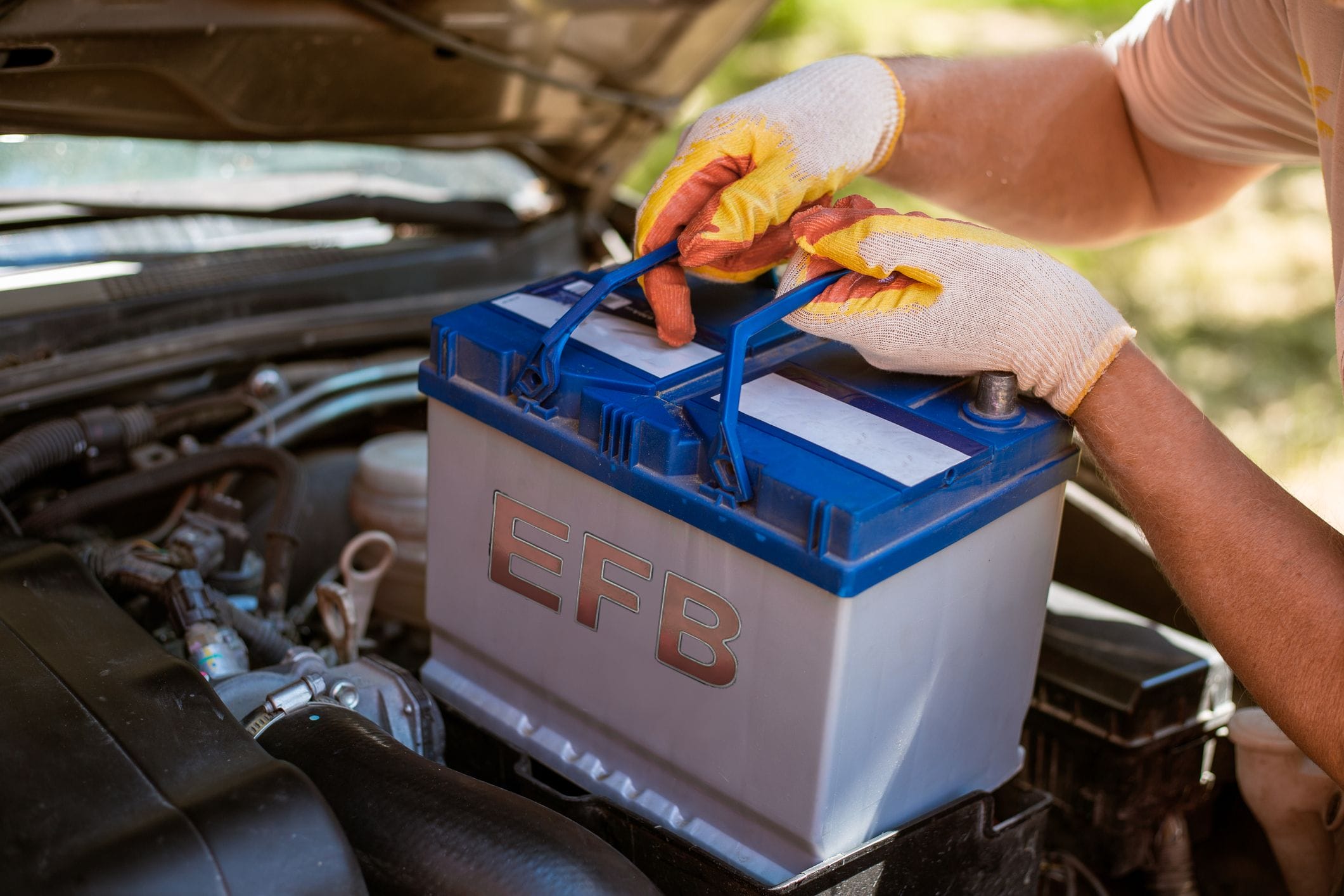
Car batteries started off as simple devices that were intended to power the starter motors of cars that were built in the 1920s. As time went by and modern vehicles got more and more complicated, batteries evolved right alongside them.
During the early 1940s, several inventors took the basic concept of a battery and improved upon the technology so that it could be used to power the various electrical “quality of life” systems of today’s modern cars.
We’re going to look at how car batteries have evolved over the decades, along with the innovative features of the highly advanced batteries of today.
The Early Years
The very first battery that we know of was developed in the year 250 BC, near modern-day Iraq. It was a simple clay pot that consisted of galvanic cells that could produce a small electrical charge. It’s unknown what the ancients used the technology for, but scientists think it could have helped electroplate gold or perhaps even electrotherapy.
The technology was lost to time, and it wasn’t until 1859 when French physician Gaston Planté invented a prototype that eventually became the modern-day lead-acid battery. Initially, it powered electric cars of the early 1900s, but technology constraints of the day made them highly inefficient and by 1920 the idea of an electric car was scrapped entirely.
The Modern Car Battery
In the 1920s, cars had manual crank starters, which were physically challenging for an average person to turn. Many people broke their wrists and thumbs trying to get their car started. Cadillac capitalized upon this problem and introduced an electric starter motor, which required a battery to work. This was the advent of the modern car battery, whose design has changed very little over the decades.
In the 1950s, batteries transitioned from six volts to twelve, and this has been the norm ever since. The 1970s gave us the invention of maintenance-free batteries, which completely eliminated the need to add water. Other than that, the basic car battery has remained pretty much the same, outside of a few cost and density improvements over the next few decades.
The 1980s saw the next leap forward in battery technology with the development of Absorbed Glass Mat (AGM) car batteries. They consist of a very thin and ultra-fine fiberglass mat that’s sandwiched between the plates that are saturated with 95% of the total battery acid that they can hold. The entire apparatus is soldered together in place.
The end result is a battery that is almost immune to vibrations. The technology was originally developed for military aircraft in 1985 due to vibration, safety, weight, and reliability considerations. Automotive battery makers soon followed suit and started making AGM batteries for vehicles.
The Future of Car Batteries
One of the biggest problems a modern car battery faces is something called acid stratification. This occurs when acid in the electrolyte settles at the bottom, which can ultimately lead to excessive corrosion and charge imbalance.
Discover Battery, a leading innovative car battery manufacturer, invented the MIXTECH Battery to help solve this problem. In a MIXTECH battery, the motion of your vehicle causes the electrolyte to circulate evenly and continuously, thereby preventing acid stratification.
MIXTECH Batteries come with a wide range of innovative features, such as:
Start-Stop Micro-Cycling – It’s designed to help support the micro-cycling and partial State of charge that’s typical of long urban commutes and anti-idle and start/stop vehicles.
Vibration Resistant – The high-tech element bonding resists positive plate growth and helps reduce vibration-related failures.
Built for Extreme Temperatures – The 360-degree acid mixing of a MIXTECH Battery helps eliminate thermal gradients and improves battery life at extreme temperatures.
Glass Mat – MIXTECH Batteries use a compressed cell design with enveloped + AGM separators that reduce plate shredding, improve vibration resistance, and provide cycling stability. They provide 3x the cyclic stability and 10x the vibration resistance of conventional batteries.
Thick Positive Grids – The increased active material and additives help reduce internal resistance while promoting high sustained voltages undercranking loads. This helps improve deep cycle life and performance.
MIXTECH Batteries
MIXTECH will help prevent acid build-up from shortening the life of your batteries and can extend it by up to 4x. They’re made tough and can withstand the rigors of today’s passenger stop/start cars as well as commercial trucking applications.
At Continental Battery, we’ve been providing our customers with high-quality batteries for well over 85 years. We’re dedicated to developing and maintaining great, and long-lasting customer relationships backed up by our superior quality products.
Contact us today to learn more about our company and our comprehensive line of car, marine, and golf cart batteries.






